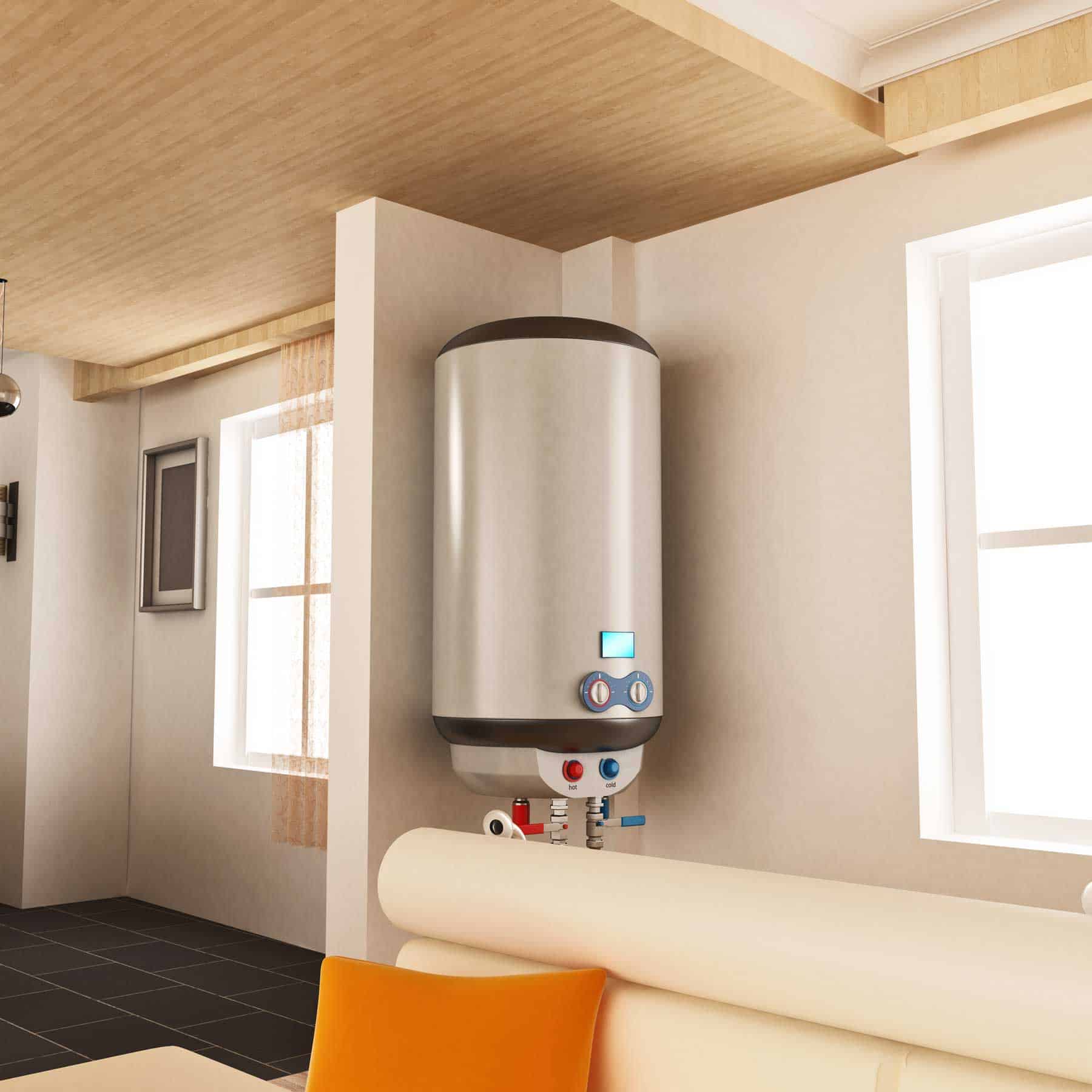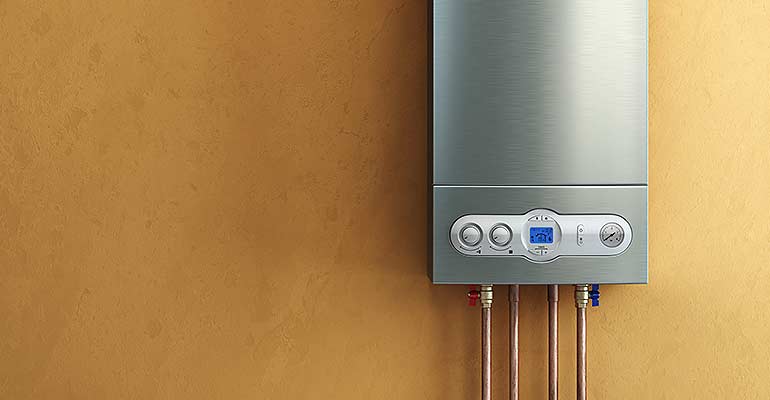Do you find yourself interested in answers concerning Tips on Maintaining a Water Heater?

Warm water is important for everyday convenience, whether it's for a revitalizing shower or washing dishes. To ensure your hot water system runs efficiently and lasts longer, routine upkeep is vital. This article offers useful ideas and understandings on just how to keep your home's warm water system to stay clear of disturbances and costly fixings.
Introduction
Preserving your home's warm water system may seem complicated, yet with a couple of straightforward actions, you can guarantee it runs efficiently for several years ahead. This overview covers everything from comprehending your warm water system to do it yourself upkeep ideas and understanding when to contact professional help.
Importance of Maintaining Your Hot Water System
Regular upkeep not just expands the life-span of your hot water system however likewise ensures it operates efficiently. Disregarding maintenance can result in lowered efficiency, greater power expenses, and even early failure of the system.
Signs Your Hot Water System Needs Upkeep
Knowing when your warm water system needs attention can protect against significant issues. Keep an eye out for indications such as irregular water temperature, weird sounds from the heater, or corroded water.
Comprehending Your Hot Water System
Prior to diving into upkeep tasks, it's helpful to comprehend the basic parts of your hot water system. Typically, this includes the hot water heater itself, pipes, anode rods, and temperature level controls.
Monthly Upkeep Tasks
Regular month-to-month checks can help capture minor concerns before they intensify.
Purging the Hot Water Heater
Flushing your water heater gets rid of sediment buildup, boosting effectiveness and prolonging its life.
Checking and Changing Anode Rods
Anode rods protect against corrosion inside the container. Examining and changing them when worn out is vital.
Inspecting and Adjusting Temperature Level Settings
Changing the temperature level settings makes sure optimal performance and safety and security.
Do It Yourself Tips for Maintenance
You can execute a number of upkeep jobs on your own to maintain your hot water system in leading condition.
Checking for Leakages
Regularly inspect pipes and links for leaks, as these can cause water damage and higher bills.
Examining Pressure Alleviation Valves
Testing the stress relief valve ensures it operates appropriately and avoids too much stress buildup.
Protecting Pipelines
Shielding warm water pipes decreases warm loss and can conserve energy.
When to Call a Professional
While DIY upkeep is valuable, some issues need expert experience.
Complex Issues Needing Expert Aid
Instances consist of major leaks, electrical issues, or if your hot water heater is regularly underperforming.
Routine Specialist Upkeep Benefits
Expert upkeep can consist of comprehensive assessments, tune-ups, and ensuring conformity with security standards.
Verdict
Routine maintenance of your home's warm water system is necessary for effectiveness, longevity, and price savings. By adhering to these ideas and knowing when to look for expert help, you can make certain a reputable supply of hot water without unexpected disruptions.
How to Maintain an Instant Hot Water Heater
Before tinkering with your hot water heater, make sure that it’s not powered on. You also have to turn off the main circuit breaker and shut off the main gas line to prevent accidents. Also turn off the water valves connected to your unit to prevent water from flowing into and out of the appliance. 2. When you’re done, you have to detach the purge valves’ caps. These look like the letter “T” and are situated on either side of the water valves. Doing so will release any pressure that has accumulated inside the valves while at the same time avoid hot water from shooting out and burning your skin. 3. When the purge valves’ caps are removed, you have to connect your hosing lines to the valves. Your unit should have come with three hoses but if it didn’t, you can purchase these things from any hardware or home repair shops. You can also get them from retail stores that sell water heating systems. Read the user’s manual and follow it to complete this task properly. When the hosing lines are connected, open the purge port’s valves. 4. You should never use harsh chemical cleaners or solutions when cleaning your unit. Make use of white vinegar instead. It should be undiluted and you’ll probably use about 2 gallons. 5. Now flush your water heater. This task should probably take about 40 minutes. We can’t give you specific directions for this because the procedure is carried out depending on the type, model and brand of your heater. With that being said, refer to the user’s manual. 6. When you’re done draining the unit, you have to turn off the purge port valves again. Remove the hosing lines that you earlier installed on each of the water valves. Put the valve caps (purge port) back in their respective places and be very careful so as not to damage the rubber discs that are found inside these caps. 7. Now that everything’s back in place, check your user’s manual again to find out how to reactivate your water heating system. 8. Once it is working, turn one of your hot water faucets on just to let air pass through the heater’s water supply pipes. Leave the tap on until water flows smoothly out of it. https://www.orrplumbing.com/blog/2014/september/how-to-maintain-an-instant-hot-water-heater/

As a passionate person who reads about What Kind of Maintenance Do Water Heaters Need?, I was thinking sharing that excerpt was important. I beg you take the opportunity to promote this post if you enjoyed it. Thank you for your time spent reading it.
Contact Us Today